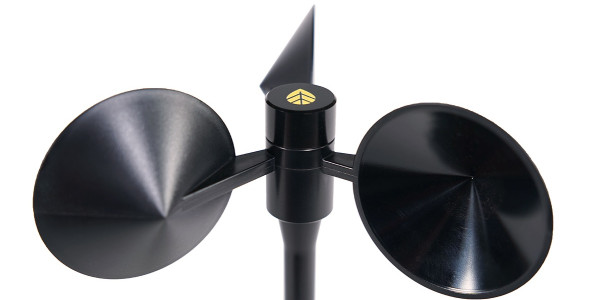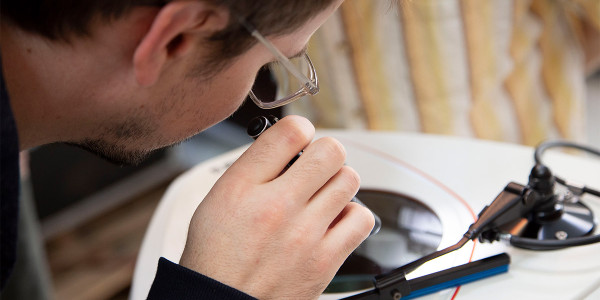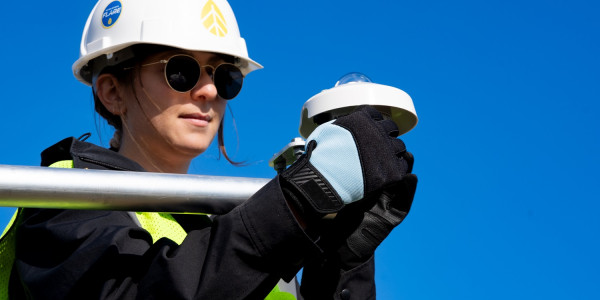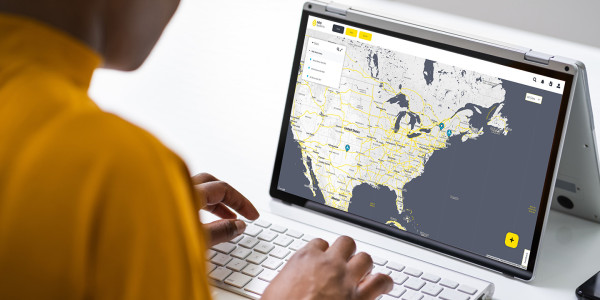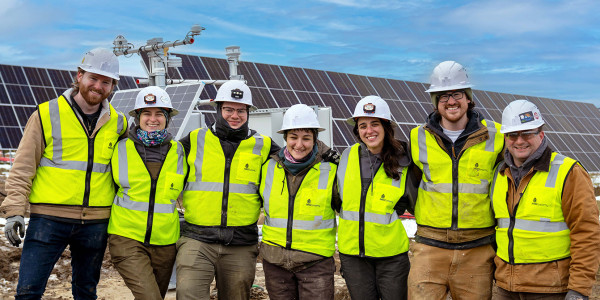June 10, 2011 | Climate Change, Sustainability + Energy,
Well the Rapture did not happen as forecast on May 21st, but, not to worry, we can all gear up again for next year’s version, the Mayan apocalypse on December 12th. Whilst this might be a good excuse for newly minted college graduates to not bother to look for jobs in our blighted economy, it is unlikely that the end will come quite so suddenly, unless, of course, we nuke ourselves. However, it does seem that we are getting stronger indications that nature is moving us toward a cataclysm as we experience more frequent natural catastrophes. To me there can be no doubt that we have triggered a change in our climate, which is evidenced by the floods, tornadoes and drought being experienced all around the world. Even in little, remote Vermont we have seen tornadoes and a harsh winter and spring floods that have destroyed a significant percentage of the very few serviceable roads we have in the state.
So what should we be doing about it?
In a presentation headed “Financing Green Growth in Times of a Financial Crisis” at EWEA this spring, a representative from the European Investment Bank stated that 25% of their investment portfolio is geared to climate change projects with energy efficiency and sustainable transport projects being key target areas.
In the area of energy efficiency, we know in America we can do a ton of work here starting with getting teenagers to turn off the lights when they leave the room. Well, that may be tough, but there are easier targets, like having businesses do something simple like switching to energy saving light bulbs or turning the thermostat down a couple of degrees. But how do we incentivize changes in behavior to make these sorts of things happen? Especially when some of the changes may be a perceived reduction in our standard of living? Financial incentives from the government would be a place to start. If the F-35 program is cut, this would provide $1 trillion which, if shared equally amongst the US population of 308 million, would be around $3,250 each. Wow, we could afford energy efficient bulbs and buy a warm sweater with that!
Sustainable transport is a bit trickier. We all cannot afford, or want, to drive a Prius, but many of us would be happy to use public transit if it was available. It is a pleasure when travelling in Europe in particular to be able to get pretty much anywhere by train. Not only is the service generally excellent, the ride is relaxing and productive. Wouldn’t it be great to be able to crisscross the US by super-fast trains which actually get there quicker than a car and without the aggravation of air travel? The Chinese realize this and have a plan to invest heavily in their railway system, primarily for the purposes of freight transport. This would be a huge benefit in the US too, so we just need to build, or rebuild, the rail infrastructure, and why not address the transmission build out at the same time. There must be ways to take advantage of using the same routes.
A suggestion
So there are huge opportunities for us in both the areas of energy conservation and in efficiency particularly in the area of mass transportation of people and freight. Part of the way to realize the opportunities is to come up with the financing and I’d be happy to review the government budget and provide my suggestions, but the other need is to motivate people to change their habits. I have a suggestion here. The US is the home of marketing genius. Combine this with energy and anything is possible. Remember those newly minted graduates? They have the energy, they also care about what climate change is doing (it is they and their children who will bear the brunt of accelerating changes in weather), and they are great communicators. Recruit them, train them and have them get the word out. They’re not doing anything until December 2012 anyway.
